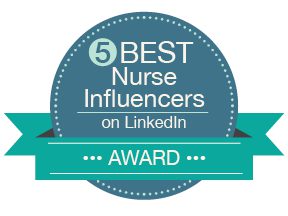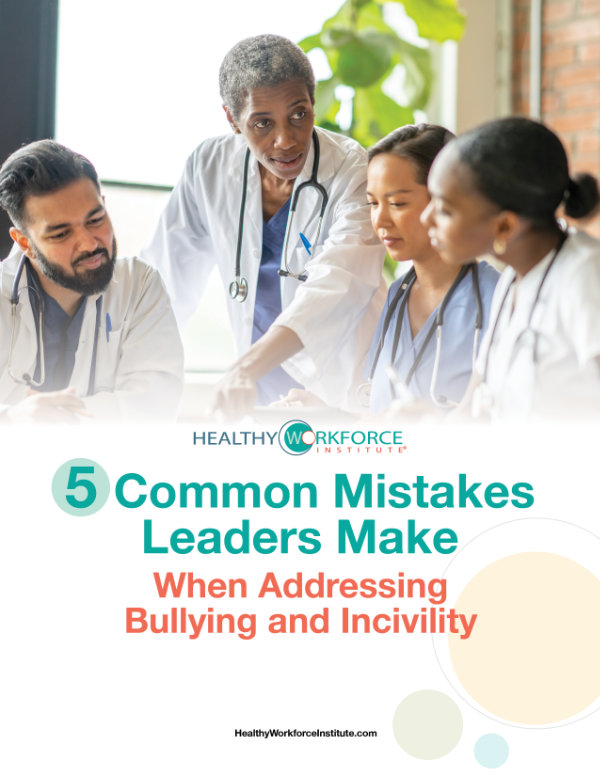
When COVID-19 hit, healthcare teams were called upon to save the world. And they did. They made it through and when cases started to drop, they claimed victory over the virus. However, they didn’t realize that the battle had just begun. Before they had a chance to recover and recuperate, they’ve been called upon yet again. The world went from praising the healthcare team as heroes to worrying about their physical, mental, and emotional health as this crisis drags on. As COVID-19 cases rise, so do physician and nurse burnout.
How many of you were looking forward to getting back to normal this summer, maybe even take a vacation involving travel?
I bet you never dreamed that you’d be called upon again just a few months after you went through a war and barely survived.
Are you worried that you won’t be able to go through this again?
To make matters worse, executive leaders in healthcare are cutting back on their resources to the point where they have stopped investing in their people – stopped offering the very same programs that could help their teams protect their physical, emotional, and mental energy to ride this additional wave.
How many of you reading this think this pattern sounds familiar?
When things get tough financially, administrators cut back on education and development first. Over a period of time, they realize their mistake and then spend more time, energy, and financial resources to compensate for that mistake.
Yet, here they go again. Making the same mistake.
The unintended ripple effect of ignoring the rising incidents of burnout
When your people are exhausted and burned out, they underperform, and they spread that stress and burnout to others. Nurse burnout begets more nurse burnout.
Researchers in the Department of Psychology, at Technische Universität Dresden in Germany found that being around people who are stressed, especially co-workers, affects YOUR nervous system. They discovered:
- 26% of people showed elevated levels of cortisol just by observing someone who was stressed
- Secondhand stress from a romantic partner (40%) is more contagious than from a stranger
- 24% of observers studies showed a stress response when watching stressful events on video
Yes. Stress and nurse burnout are contagious. Therefore, healthcare executives need to focus just as much on strategies to reduce their nurses’ stress and burnout as they do managing their influx of COVID-19 patients.
What SHOULD healthcare executives do differently this time?
-
Spread self-care and wellness instead
If stress and nurse burnout are contagious then so are wellness and self-care. Now is the time to invest in self-care and wellness activities. Employees need to hear from their leaders that self-care is important and a priority in their organization. There needs to be a top-down, bottom-up, and everything in between approach to taking care of healthcare teams.
Add wellness as a standing agenda item in every meeting. Incorporate a wellness tip in any organization circulars or publications. Use email to send a wellness tip of the week.
Employees need to believe that their well-being is important to their leaders!
-
Infuse positive messages everywhere, every day.
Humans are negative by nature. We think 60,000 thoughts a day and 80% of them are negative. It’s the negativity bias, which basically, protects us from potential threats. We spend less energy looking for anything negative. To counter this, we need to amp up our positive messaging.
Start every meeting with something positive. Increase the frequency that you praise and recognize employees and leaders. Find reasons to celebrate EVERYTHING YOU CAN.
-
Create “No Complaining” zones
It’s easy to walk into the break room and start venting about, well…about everything. When you think about it, the break room is just that – a break from the high intensity of patient care. So when people use the break room to vent and complain, then nobody gets a true break from the stress. By identifying your break room or other areas in your organization or department as “no complaining zones”, you are stopping the spread of stress and negativity.
-
Fight stress and burnout as an organization – as a team
Each department needs to pull together by making the physical, mental, and emotional health of the TEAM a priority. Include self-care tips during huddles, engage employees in conversations about coping strategies during staff meetings, and create employee-leader lead “self-care teams” to support the mental health of the team.
-
Continue to develop your people
Now is the time to ramp up your efforts to develop your people. Give your employees a COVID break by giving their brains something else to focus on. Bring back the lunch and learns; host a series of educational sessions regarding coping, communication, emotional intelligence, or how to become more resilient. Your people need to be developed now more than ever before. Nurse burnout won’t go away with help.
Saying you have no time for self-care or professional development is like saying you don’t have time to stop for gas because you’re too busy driving.
Please hear what I’m saying – you CAN and WILL get through this. We all will. However, to make sure your people can enjoy their lives after this crisis ends (and it will end), you can’t wait until the crisis is over before you take care of your PEOPLE.
As Ifeanyi Enoch Onuoha said, “Leadership is never an avenue to be self-serving but, a platform to render great service to people.”
Take care of your people.














